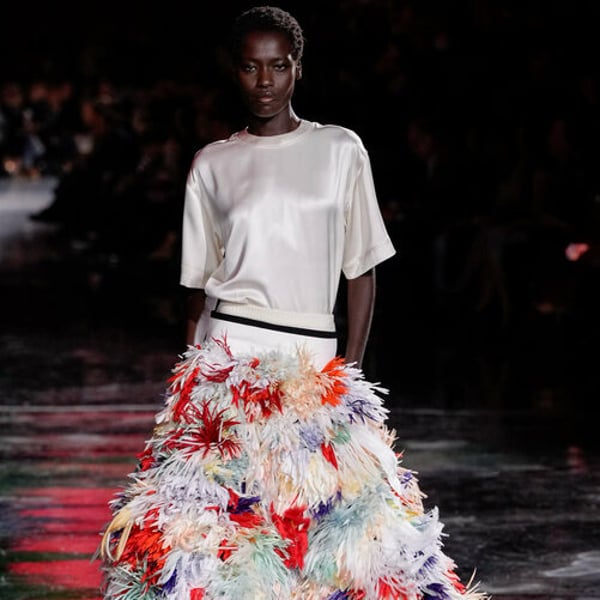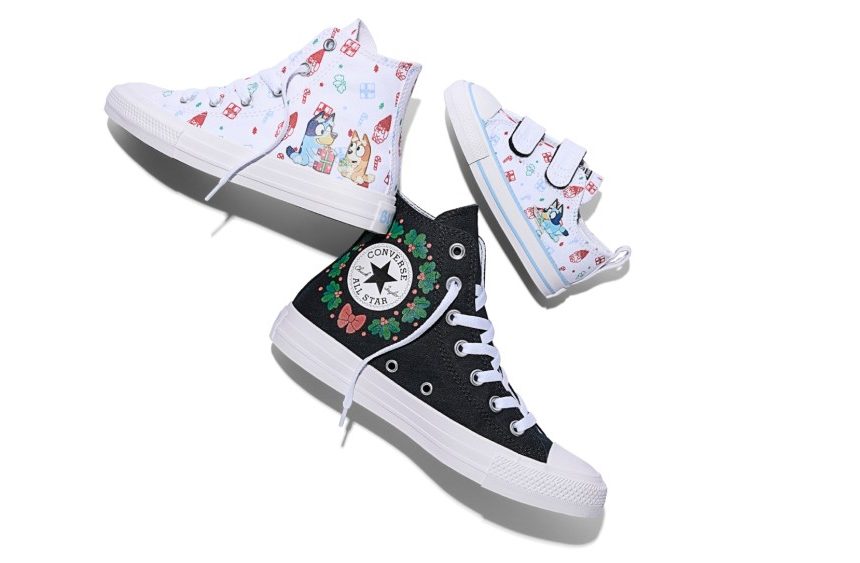Despite regularly receiving PR boxes filled with high-end hair care, Audrey Victoria still shops for her shampoo at the drugstore.
“That’s saying a lot as someone who has the ability to use any hair care brand,” said the beauty and lifestyle content creator, known to her followers for her frank reviews and Pinterest hair tutorials. “To me, a lot of high-end hair care has a more luxurious reputation. But if we’re just talking about functionality, drugstore hair care is definitely at the same level, if not better in some ways.”
Victoria is not alone in her shopping habits — according to market research firm Circana, mass hair care accounts for 90 percent of the US hair care business overall. But in recent years, the premium category has begun to outpace mass’ growth, driven by the “skinification” trend. Larissa Jensen, Circana’s global beauty advisor, pointed out that hair strengthening, scalp health and products for hair thinning are particularly doing well.
The biggest chunk of the global haircare market is owned by shampoo, owning a little over a third of forecasted hair 2025 purchases, according to consumer data company Euromonitor. That means to sustain meaningful growth, brands can’t aim to own treatments alone: they must win the whole routine.
At the same time, they have to battle across categories with drugstore incumbents, which are also premiumising their products with new ingredients or formats at a time when customers say they’re more budget conscious than ever.
The Drugstore Allure
The pull of drugstore hair care is easy to understand: it works fast, and it costs less.
During the 2024 holiday season, a claim from the influencer Alix Earle that her expired Pantene shampoo worked better than anything else she had used went super-viral — earning the brand 28 million views over 10 days and Earle her own Pantene campaign. It’s easy to see the allure of a product that grants instant gratification, as opposed to a specialist treatment which must build up over time.
Experts say that the preference for drugstore shampoo is also a reflection of greater trends in spending. “People were really into their 16 step skin care. And then it went down to: you only need five steps,” said Alice Crossley, a senior analyst at strategic foresight agency The Future Laboratory. “Maybe they’re looking to buy a more expensive oil, or they should try Olaplex, and they’re going to use that once a week, but they’re still staying with their mass products for shampoo and conditioner.”
Matthew Newman, a hairstylist and content creator known as MattLovesHair, agrees. “People have loved to talk about the prestige brands on social media for the last five years, but with the people that I speak to and the comments I receive, many more people have a mass market budget than have the Sephora budget,” he said.
For her part, Victoria believes that prestige shampoos simply aren’t worth it. “With shampoos, because the main ingredient is surfactants, I feel like you can’t really make it much better than that,” she said.
When that technology is evident, though, consumers are willing to trade up — as evidenced in the greater “skinification” trend, Crossley added.
They want efficacious products, and investors want innovative applications. Of the top 10 fastest-growing hair care brands in the world, six are in the prestige bracket, and all trade on their science backing, according to Connor Spicer, a consultant at data analytics company Euromonitor International. He highlights the recent M&A activity with premium hair care brands, such as Unilever’s 2024 acquisition of K18, and L’Oreal’s acquisition of Color Wow earlier this year, as underscoring the strategic value of these fast-growing brands.
However, mass brands are getting science-y too. “Although premium continues to outperform mass in value terms, the gap in performance is shrinking as more mass brands incorporate premium traits,” said Spicer.
L’Oréal’s hair care lines Elvive is seeing great success in this space, with Elvive becoming one of L’Oréal’s biggest growth drivers over recent years, according to Laura Branik, the president of L’Oréal Paris USA. The Elvive brand relies on both skincare-style ingredients lists, as well as trending treatments like bond building and glossing. Glycolic gloss, an Elvive line, recently launched at Walmart, where an influx of younger consumers have helped Elvive become the retailer’s number one brand in mass hair care, said Branik.

The Prestige Haircare Playbook
Though “masstige” brands are innovating quickly, prestige brands still have cards to play, such as their high-end positioning. Instead of a science-forward approach, Oribe relies on the luxurious experience factor, emblematised by its Gold Lust line — the brand’s bestseller.
Meanwhile, Redken is chasing growth through branding. Serendipitously, Redken managed to align themselves with Sabrina Carpenter in 2024 as the star was beginning her global domination. Posts featuring Carpenter — the brand’s first-ever global ambassador — rack up as much as 50 times the engagements as other posts from the brand.

While influencers do hold sway in the market, stylists remain to be the most trusted voices in hair care. In 2025, brands like Amika, Olaplex, and Redken have refreshed their efforts to appeal to the professional community. The stylists’ domain — salons — are fertile ground for growth and good word of mouth, as they’re one channel that drugstore brands have not yet penetrated into. The increasing availability of these brands through e-commerce channels also means that customers don’t have to wait until their next salon appointment to stock up — which has been a boost for premium brands in recent years, said Spicer.
Ultimately, it’s up to brands to get the message out about the value and efficacy of their shampoos as well as they do their science-backed treatments. Despite tightening budgets, the popularity of said treatments prove that shoppers are willing to spend on hair care, but only when a product’s worth is really proven to them.
“In hair care, there’s a little more of a connection of price to efficacy, which you don’t see in skincare,” Jensen added.
Sign up to The Business of Beauty newsletter, your complimentary, must-read source for the day’s most important beauty and wellness news and analysis.


